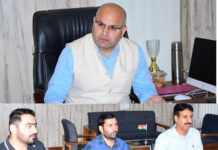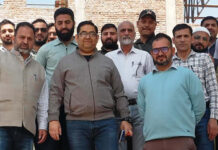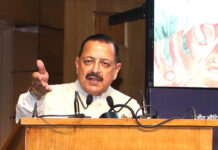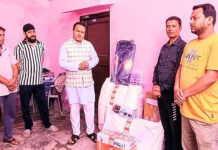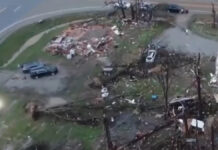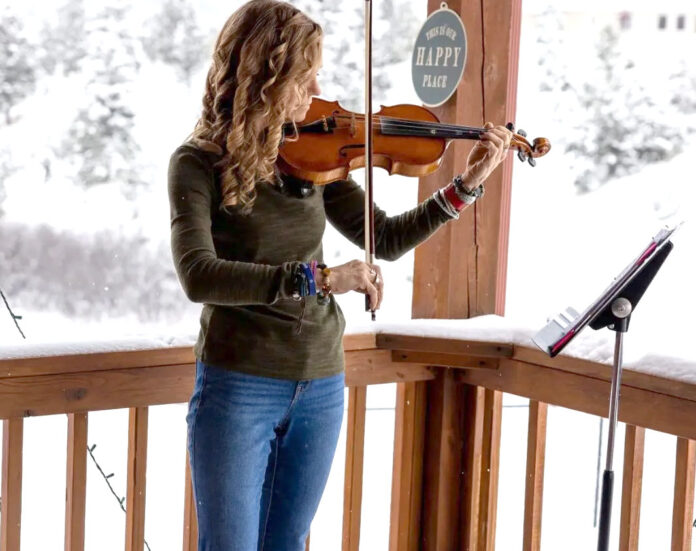New York, June 11
On a typical day, Ali Mullen races from her job at the county health department in Helena, Montana, to pick up dinner for her three children, heads home to feed them and then goes back out for a violin lesson or a school play, crisscrossing the small city in her aging SUV, with a rainbow bumper sticker that reads “You Are Loved.”
A big pack of gummy bears keeps her going, stashed in her handbag next to a different sort of lifesaver: a gun lock that she carries almost everywhere she goes.
In a sparsely populated state where many people own firearms, the small metal contraptions, which fit around a trigger and cost less than $10 on Amazon, are one way Montanans are trying to reduce the high rate of people who kill themselves.
For the past year, Ali, 46, has been giving gun locks away to anyone who wants one, her piece of trying to solve the puzzle of suicide in Montana.
“It’s in the culture,” she said one afternoon in Helena. “If you don’t know someone, you know of someone who has died.”
Murder rates and mass shootings make national headlines, defining the discussion over pervasive gun violence. But most gun deaths in America are self-inflicted. There were about 27,000 gun suicides in 2022. That was a record, and far higher than the 19,500 gun homicides documented that year.
Ali Mullen moved to Montana in college after a road trip introduced her to the wonders of the state. (Photo: The New York Times) Ali Mullen moved to Montana in college after a road trip introduced her to the wonders of the state.
There have been more gun suicides than gun homicides in the United States every year for the past 25 years. Yet the harm inflicted on communities by suicides rarely registers in the national debate over guns.
Over the past three years, Montana’s typically elevated suicide rate was the highest in the nation, according to an analysis of federal mortality data by The New York Times. In a state of 1.1 million people, 955 people died by suicide from January 2021 through November 2023. Other states in the Mountain West, including Wyoming and New Mexico, have also struggled with high suicide rates and face many of the same challenges as Montana.
Several years ago, Ali’s husband’s family passed down some firearms that were considered heirlooms, and she agreed they could be stored at her house.
At the time, suicide did not cross her mind.
“We all know each other,” said Ali Mullen, embracing her daughter at an event in Helena for people who have lost a loved one to suicide. The first time Ali drove through Montana, she was in college on a road trip in the late 1990s. She remembers how the clouds cast giant shadows on the open plains, revealing the state’s “Big Sky.”
She transferred to the University of Montana from a college in Illinois. After graduation, she worked as a 911 dispatcher in Glacier National Park.
John Mullen was working as a handyman at what is now the Whitefish Mountain Resort when they met.They married in Glacier. “It’s the greatest place on Earth,” she said of Glacier.
After their first child, a daughter, was born in 2006, they moved to the Helena area to be closer to John’s parents.
The vice president of a community bank took a liking to John and hired him as mortgage loan officer. He was a natural, tapping his connections across greater Helena where he had lived since he was a boy.For years, John struggled with his mental health and Ali begged him to see a therapist, but he resisted. “I think it was very hard for him to admit that he was struggling,” she said.


